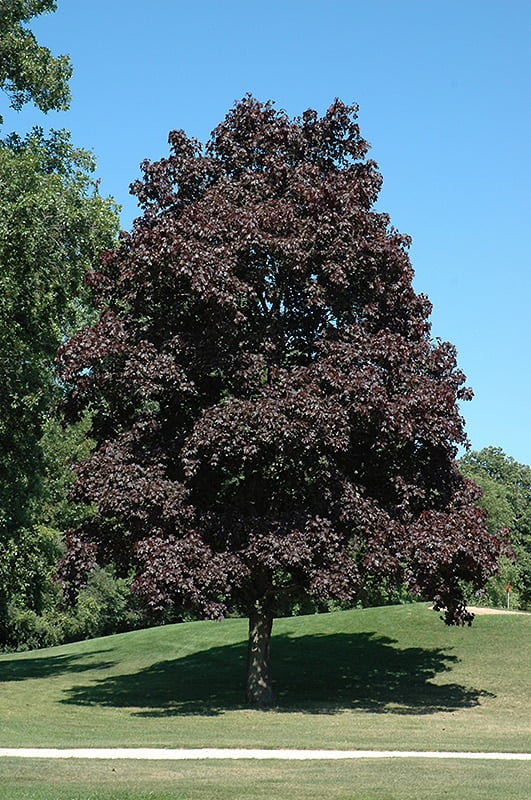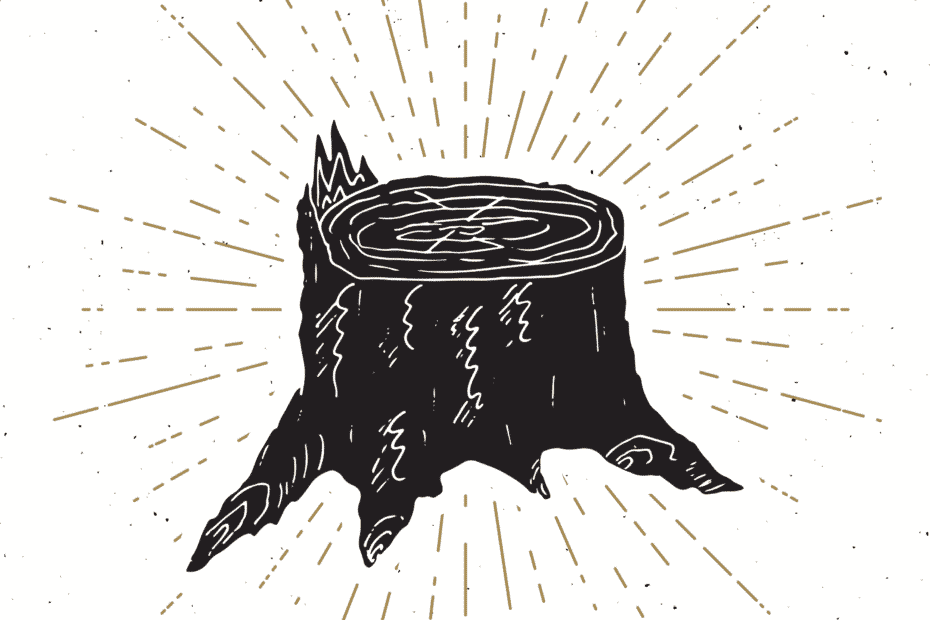
Facts and Size
Even the name, Crimson King maple suggests a tree that is in some ways a bit out of the ordinary. The maple tree, botanical name - Acer, is one of our favorite deciduous trees, whether growing in the wild or a beautifully landscaped yard or garden. There are large maple trees, some reaching a height of 100 feet or more. Ornamental maple trees such as the Japanese maples, maples suitable for bonsai, sugar maples, and the vine maple, whose brilliant fall foliage are often seen along the nation's highways. Many, probably most, species of maple trees originated in Asia. However, there are a few species native to North America and Europe. Maples by and large grow in more temperate or cooler climates. They are usually not found where summer temperatures are very hot, or the overall climate is dry or arid.
The Parent, The Norway Maple - The Crimson King maple is not a separate species, but is a cultivar or variety of the species Acer plantanoides, the Norway maple. The Norway maple is a native of Europe and the western parts of Asia. Most varieties of Norway maple attain a height of 50 to 60 feet. The Crimson King variety is normally a bit shorter.
The various varieties of Norway maple are mostly at home in USDA Zones 1 through 9, with some varieties suited to warmer zones. While making attractive street trees, the Norway maple varieties tend to attract aphids, which while not harming the tree to any extent, drop large amounts of honeydew in the immediate area. The roots of the Norway maple and its varieties can also be invasive, and are often quite disruptive when it comes to lawn maintenance. Most of the time, grinding some of the roots will not be a problem.
Why choose the Crimson King Maple ?
Why Crimson? - The cultivar Crimson King maple, technically A. plantanoides "Crimson King", is noted for its attractive purple foliage. It is particularly popular in northern states where deciduous trees that have other than green foliage are sometimes hard to come by. One may well wonder why a tree with purple leaves is called “crimson”. When the leaves of the Crimson King maple turn in the fall, they take on several colors. Most of the time a color ranging from a dark maroon to crimson, while some of the leaves may turn brown or bronze. Crimson King is an excellent shade tree, as its foliage is quite dense and its canopy quite wide.
A few problems with this tree
Typically growing to a height of around 40 feet, this maple has a spread of up to 30 feet. The Crimson King maple is not particularly fussy about the soil it is in.It can grow either in full sun or partial shade. It is a self-seeding tree. It sends out prolific amounts of two-winged "helicopter" seeds, and in some areas can become somewhat invasive. As attractive as the tree is, it can be inhospitable to lawn grasses except those that grow well in dense shade. It is also a very thirsty tree, making the maintenance of lawn grass in its immediate vicinity even more challenging. This tree is a prime candidate for root removal.

First Cousins To The Crimson King - In addition to its use as a landscape or specimen tree in private residences, the King Crimson maple is widely used to provide a border for parking areas, and is used on parking islands and strips as well. It also makes an interesting choice for bonsai. There are several other cultivars of the Norway maple which bear some similarities to the Crimson King. These include, the “Royal Red Leaf” and the “Schwedleri”. Both featuring red to purple leaves, and “Fassen's Black”, noted for its pyramidal shape and dark purple leaves.

No comments:
Post a Comment